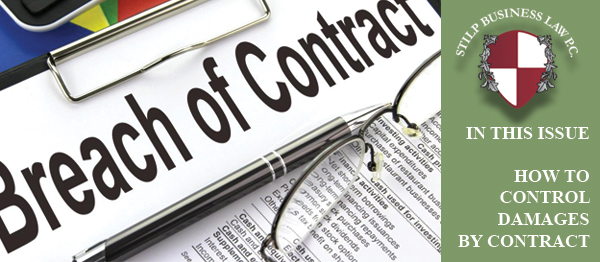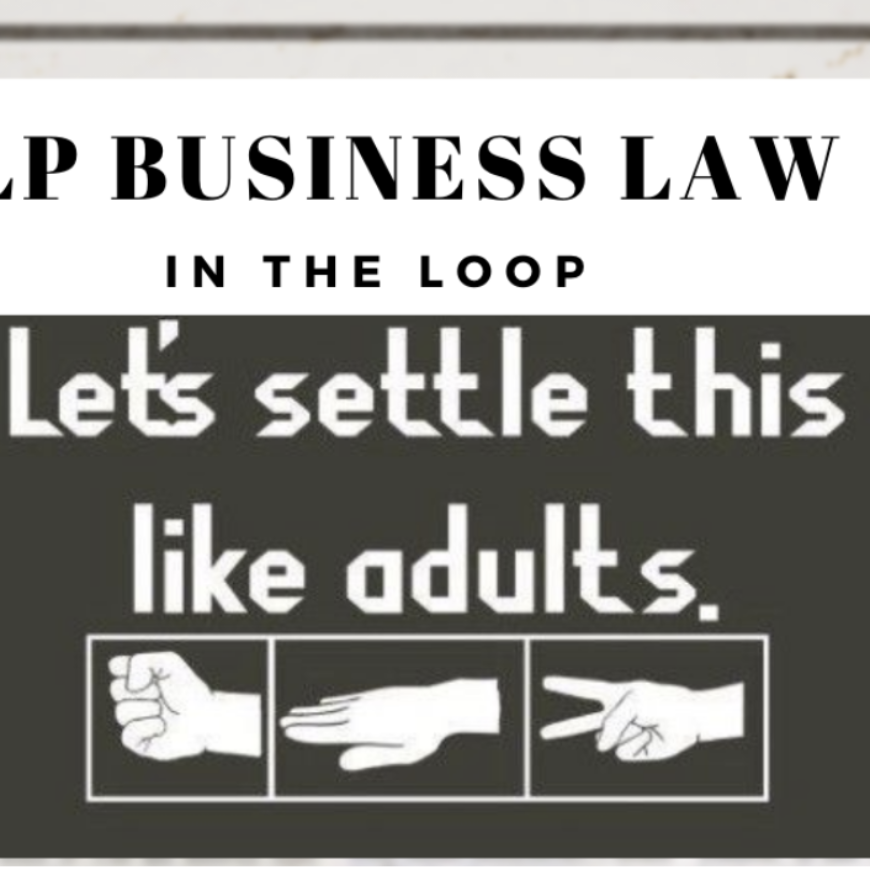Thomas Stilp JD, MBA/MM, LLM, MSC
Historical Basis
At least since the time the English courts decided Hadley v. Baxendale, 156 Eng. Rep. 145 (1854), the extent of damages for breach of contract have perplexed and surprised many on the losing end of a dispute.
The facts of Hadley are straightforward.
In Hadley, the crankshaft that operated a mill broke, shutting down the mill. The crankshaft was sent for repair and delivery was delayed through “some neglect” of the company hired to transport the shaft. That company, the carrier, was later sued for large damages by the mill. The carrier defended by stating it had not anticipated it would be responsible for the mill’s lost business, and it was certainly unfair to saddle the carrier for large damages given the relatively small fee it charged for the delivery. You’d have assumed the mill had more than one crankshaft to operate the mill. The English court agreed and said large damages would not have been foreseeable.
Over 160 years later, parties still struggle today to delineate who is responsible for what damages following a breach of a contract. Yet, many of these issues are entirely avoidable. If the parties understand the “types” of damages, the parties’ contract can readily identify and resolve many issues before there is a problem.
Years of study and experience prove time and again that careful contract provisions prepared by knowledgeable legal counsel will make the difference whether you get paid, or have to pay.
Types of Damages
Parties struggle today to delineate who is responsible for what damages following a breach of a contract.
Consider “punitive damages” which can be quite large. If you sell a product, you do not expect to be hit with punitive damages. Because punitive damages by definition are designed to punish, not compensate the injured party, punitive damages are normally outside of any contract. That is an easy one.
On the other hand, consider “consequential damages.” These damages arise when special circumstances happen which one party will often claim the other party knew or should have known existed. Lost profits and damage to business are consequential – type damages. If your contract does not exclude consequential damages, those damages might be part of an award against you.
When these issues are not addressed in the contract, the next step for the parties is to go to court.
The trip to the courthouse may be have been unnecessary if the contract identified what damages are excluded, such as “the parties exclude all consequential damages, lost profits, lost income.“ In commercial contexts, parties can also put an overall cap on economic damages.
There are many ways to limit, cap, exclude and control damages by contract. To know what to do, how to do it, and what works, seek legal advice before you get into trouble.



